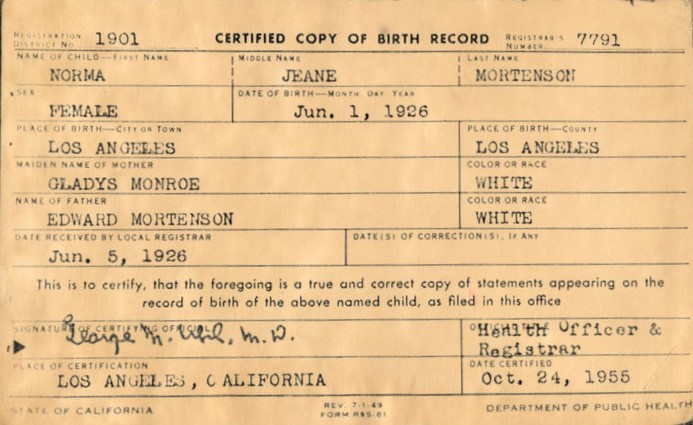
When we hear “GPS,” we tend to think of the Global Positioning System: a worldwide navigation system made possible by a network of satellites which orbit the Earth. GPS helps mapping websites create driving routes and allows our cell phones to know where we are on the planet at all times. In the genealogy universe, “GPS” stands for the Genealogical Proof Standard, as outlined by the Board for Certification of Genealogists (BCG). Professional researchers who are certified by the BCG have demonstrated their abilities to follow the GPS and prove the credibility of their genealogical conclusions.Much like the satellites in orbit which give us the means to get where we want to go, the GPS gives us tools for getting the most out of our research, making conclusions, and seeing a way to the ultimate “research destination”: proof.Even if you’re not a professional genealogist, you can still use GPS as a guide for keeping all your evidence and facts straight, which in turn will allow you to confidently tell your ancestors’ stories.
There are five main elements of the Genealogical Proof Standard:
- A reasonably exhaustive search
- Complete and accurate source citations
- Analysis and correlation of the collected information
- Resolution of conflicting evidence
- A soundly reasoned, coherently written conclusion
The very first item in the GPS may see a bit vague, but it’s written that way for a reason. Genealogy Standards (the BCG’s very affordable guidebook on best practices) says that a “reasonably exhaustive search” will reflect a genealogist’s “attempt to collect all information potentially relevant to the questions they investigate.” Judy Kellar Fox delves into this particular guideline in her post to the BCG’s blog, SpringBoard: 10-Minute Methodology: What Is “Reasonably Exhaustive” Research?Naturally, some non-professional researchers find the prospect of “all potentially relevant information” more-than-a-little daunting, but this element can be tamed by the work you do before you begin conducting research. Not sure where to start? Back in March, I posted a piece on Documentary Evidence: Pre-search Research, and my fellow AncestorCloud blog contributor, Jayne McGarvey, has a great post about Research Plan Essentials.

Source citation is a critical—albeit rather dull—part of thorough genealogical research, whether or not you plan to follow the GPS. Elizabeth Shown Mills’ genealogical citation bible, Evidence Explained, will tell you how to cite all your evidence, but keeping everything organized is an entirely different story. My favorite tool for this task is a free computer program called Ancestral Sources by Nick Walker. It was designed to be used alongside Calico Pie Limited's genealogy software, Family Historian, but Ancestral Sources should be compatible with any plain ol’ GEDCOM file. Ancestral Sources has a fill-in-the-blank feel, utilizing preloaded templates which are specifically tailored to commonly-used resources. The program comes with a ton of templates, but user-created templates are also available and free to download, or you can create your own. Caveat emptor- Both these programs have a lot of moving parts, which is why I love them, but they may not be appealing to those who value a simpler interface with a limited number of options. I recommend these program only for tech-savvy researchers. (Disclaimer: I use both of these programs in my personal and professional genealogical research. I purchased a license for Family Historian independently, after a 30-day trial, which is freely available. I have not been compensated or granted free merchandise in exchange for my recommendation.)

For examining your evidence—my favorite part of the GPS!—Jennifer Shoer of The Scrappy Genealogist has awonderful, simple, freely downloadable chart which makes it easy to analyze individual pieces of evidence and compare them to each other. What researcher could ask for more?Once everything is analyzed, head back to the AncestorCloud blog and check out Jayne’s tips on how to resolve conflicting evidence. Now, repeat these steps for every ancestor whom you consider to be a “focus” of your research. If you’re like me, you’ve already collected a ton of evidence over years of research. At first, it will probably be difficult to pause on your current research path and go back, fill in accurate source citations, and fully analyze and compare the evidence for each individual you’ve researched in the past, but it will be an incredibly valuable experience. In this instance, the GPS becomes an exercise in examining where you’ve been, and may help you figure out where you’re going! For family researchers, it’s also an investment in the research that will, no doubt, be conducted by future generations. What would you have done if you had inherited a genealogy with complete source citations, evidence analysis, and resolved conflicts?




